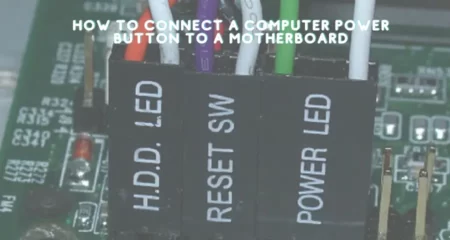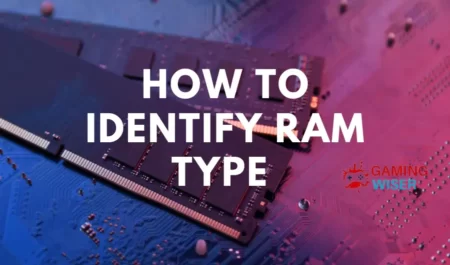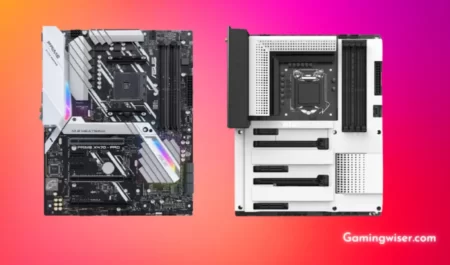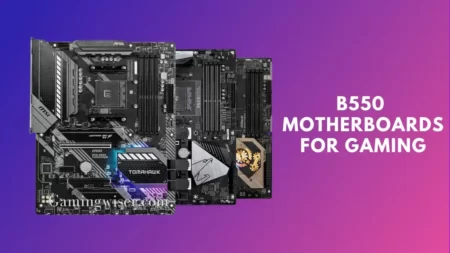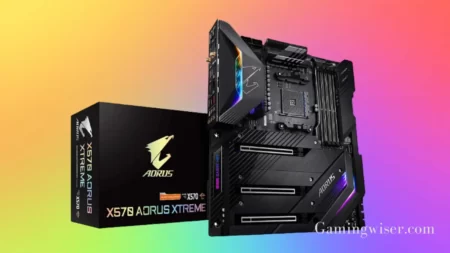If you are considering upgrading your computer hardware but don’t know how to test the motherboard or CPU, we have a few tips that can help.
First, it’s important to determine what type of computer you have. Most desktop computers use motherboards with integrated CPUs, while laptops often use separate motherboards with processors.
If your computer doesn’t have an onboard processor, you’ll need to purchase a new motherboard and processor.
What is a motherboard?
A motherboard is one of the essential parts of a computer. It acts as a sort of hub, connecting all the different parts of the machine.
The CPU, RAM, hard drive, and other components connect to the motherboard. This makes it one of the most important components in a computer, as it essentially ties everything together.
If something goes wrong with the motherboard, it can cause problems with other components. That’s why it’s important to know how to test a motherboard before buying or installing it in your machine. In this article, we’ll show you how to do just that.
What are the components of a motherboard?
A motherboard is a printed circuit board (PCB) that holds many of the crucial components of a computer, including the central processing unit (CPU), memory, and connectors for input and output devices.
The term “motherboard” describes the main circuit board in a computer. It is also the mainboard, system board, or logic board. The motherboard is the heart of a computer, and everything connects to it.
How does a motherboard work?
A motherboard is one of the essential parts of a computer system. The central circuit board connects all the other components of a computer together. The processor, memory, hard drives, and other peripherals are connected to the motherboard.
The motherboard is responsible for managing communications between all these different parts. It also works power distribution and regulates the speed at which it can transfer data between various components.
A modern motherboard will also usually have integrated graphics and sound capabilities. It has specialized chips that handle these functions, which offloads some work from the processor.
How to test motherboard without CPU?
If you want to test your motherboard without a CPU, you can do so by using a multimeter.
First, find the pinouts for your motherboard and determine which pins are for power, ground, and signal.
Then, connect the positive lead of your multimeter to the positive power pin and the negative charge of your multimeter to the ground pin.
Finally, touch the signal pin with the tip of your multimeter probe. If the multimeter beeps or lights up, then your motherboard is working.
What are the benefits of testing a motherboard without a CPU?
There are several benefits to testing a motherboard without a CPU. First, it allows you to check for any shorts or problems with the motherboard.
Additionally, it can help you determine whether or not the motherboard is compatible with your chosen CPU.
Finally, testing a motherboard without a CPU can help you troubleshoot potential problems that may arise during the build process.
How to troubleshoot a motherboard without a CPU?
There are several ways to test a motherboard without a CPU. These methods can be divided into two broad categories: hardware tests and software tests.
Hardware tests involve physically testing the various components of the motherboard to ensure that they are functioning correctly. It can do this with a multimeter or a PCI diagnostic card.
Software tests involve running diagnostic programs on the motherboard to check for errors. You can run these programs from a CD or floppy disk or download them from the Internet.
How to install a motherboard without a CPU?
Most modern motherboards support a feature called CPUless Boot or Onboard Controllers. This allows you to install and use the motherboard without a CPU. Onboard Controllers are often used for debugging or troubleshooting purposes.
To install a motherboard without a CPU, you will need to remove the CPU from the socket and install the motherboard in its place. You will also need to remove the RAM from the slots on the motherboard.
Once the motherboard is in place, you can connect all the cables and turn the power on. The system should boot up without any problems.
Conclusion
It is not possible to test a motherboard without a CPU. The CPU must power on the motherboard and start the testing process. Without a CPU, the motherboard will not function.
Frequently Asked Questions
Can I test a motherboard without a CPU?
Yes, you can test a motherboard without a CPU. To do this, you will need to connect the motherboard to a power supply and a monitor. You can then test the motherboard by pressing the power button.
How do I test if my motherboard is working?
You can do a few things to test if your motherboard is working. One is to try booting your computer using a live CD or USB.
This will allow you to boot into an operating system without having to load the files from your hard drive. You can boot into the live CD or USB if your motherboard works. Another way to test your motherboard is by installing a different operating system.
Can a motherboard beep without CPU?
Yes, a motherboard can beep without CPU. The beeps may indicate that there is a problem with the motherboard, such as a failed component or incorrect settings.
Will a dead motherboard light up?
Yes, a dead motherboard will light up. This is because the motherboard contains the power supply and other essential components that allow the computer to function.
When the motherboard fails, the computer will not be able to start up and typically emit a series of beeps or a long beep to indicate a problem.
What causes a motherboard to not power on?
There are a few things that could cause a motherboard to not power on. One possibility is that there is something wrong with the power supply. Another possibility is that there is something wrong with the motherboard itself.


![Why Motherboard Is Important? [Complete Details]](https://gamingwiser.com/wp-content/uploads/2021/11/Why-Motherboard-Is-Important-450x235.webp)

